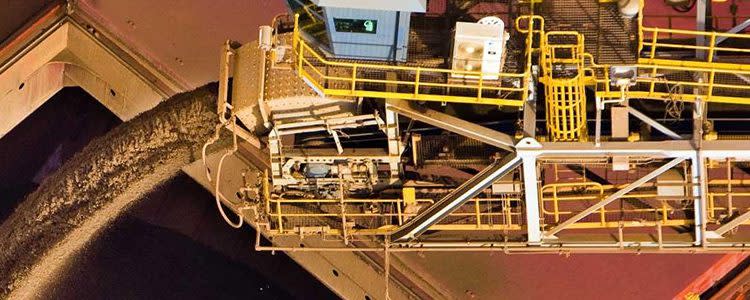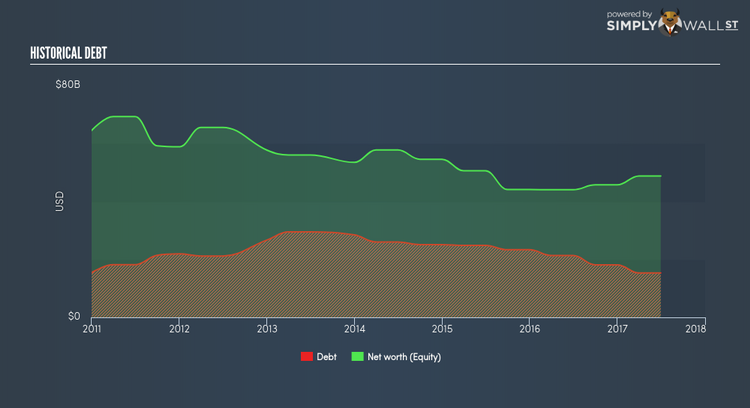Does Rio Tinto plc’s (LON:RIO) Debt Level Pose A Problem?

With a market capitalization of £65.74B, Rio Tinto plc (LSE:RIO) falls in the category of stocks popularly identified as large-caps. These are established companies that attract investors due to diversified revenue streams and ability to enhance total returns through dividends. However, another important aspect of investing in large caps is its financial health. Why is it important? A major downturn in the energy industry has resulted in over 150 companies going bankrupt and has put more than 100 on the verge of a collapse, primarily due to excessive debt. Here are few basic financial health checks to judge whether a company fits the bill or there is an additional risk which you should consider before taking the plunge. Check out our latest analysis for Rio Tinto
Can RIO service its debt comfortably?
A debt-to-equity ratio threshold varies depending on what industry the company operates, since some requires more debt financing than others. Generally, large-cap stocks are considered financially healthy if its ratio is below 40%. For RIO, the debt-to-equity ratio is 31.45%, which means the risk of facing a debt-overhang is very low. We can test if RIO’s debt levels are sustainable by measuring interest payments against earnings of a company. Ideally, earnings (EBIT) should cover interest by at least three times, therefore reducing concerns when profit is highly volatile. In RIO’s case, its interest is excessively covered by its earnings as the ratio sits at 14.85x. Lenders may be less hesitant to lend out more funding as RIO’s high interest coverage is seen as responsible and safe practice.
Does RIO generate enough cash through operations?
A simple way to determine whether the company has put debt into good use is to look at its operating cash flow against its debt obligation. This also assesses RIO’s debt repayment capacity, which is not a big concern for a large company. In the case of RIO, operating cash flow turned out to be 0.75x its debt level over the past twelve months. A ratio of over 0.5x is a positive sign and shows that RIO is generating more than enough cash from its core business, which should increase its potential to pay back near-term debt.
Next Steps:
Are you a shareholder? RIO has demonstrated its ability to generate sufficient levels of cash flow, while its debt hovers at an appropriate level. Since RIO’s financial situation may change over time, I suggest researching market expectations for RIO’s future growth on our free analysis platform.
Are you a potential investor? While investors should analyse the serviceability of debt, it shouldn’t be viewed in isolation of other factors. Ultimately, debt financing is an important source of funding for companies seeking to grow through new projects and investments. Therefore, I recommend potential investors to examine RIO’s Return on Capital Employed (ROCE) in order to see management’s track record at deploying funds in high-returning projects.
To help readers see pass the short term volatility of the financial market, we aim to bring you a long-term focused research analysis purely driven by fundamental data. Note that our analysis does not factor in the latest price sensitive company announcements.
The author is an independent contributor and at the time of publication had no position in the stocks mentioned.

